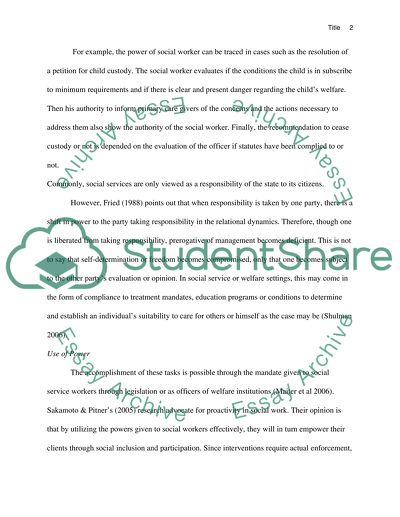Cite this document
(“Power Dynamics and Social Work Essay Example | Topics and Well Written Essays - 3000 words”, n.d.)
Power Dynamics and Social Work Essay Example | Topics and Well Written Essays - 3000 words. Retrieved from https://studentshare.org/sociology/1520566-social-work
Power Dynamics and Social Work Essay Example | Topics and Well Written Essays - 3000 words. Retrieved from https://studentshare.org/sociology/1520566-social-work
(Power Dynamics and Social Work Essay Example | Topics and Well Written Essays - 3000 Words)
Power Dynamics and Social Work Essay Example | Topics and Well Written Essays - 3000 Words. https://studentshare.org/sociology/1520566-social-work.
Power Dynamics and Social Work Essay Example | Topics and Well Written Essays - 3000 Words. https://studentshare.org/sociology/1520566-social-work.
“Power Dynamics and Social Work Essay Example | Topics and Well Written Essays - 3000 Words”, n.d. https://studentshare.org/sociology/1520566-social-work.


